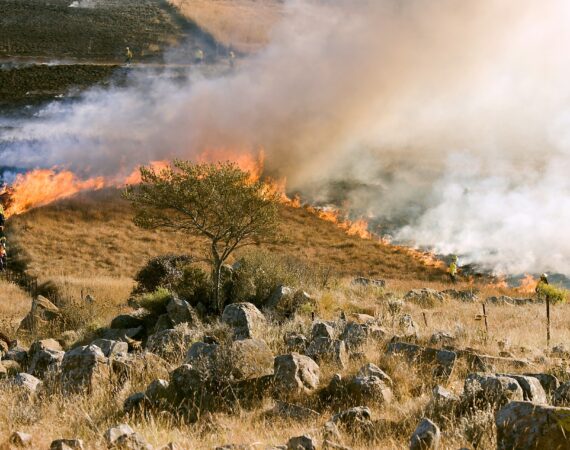How Do Fire Alarm Systems Detect Smoke?
Extensive research shows that 27% of reported fires between 2014 to 2018 took place in homes. In addition to this, 73% of all reported injuries were a result of home fires.
It means that protecting yourself and your valuables from fire should be on the top of your mind. Thus, you need to install a first-rate quality fire alarm system within your home. The futuristic smoke detectors issue an unmistakable signal to your fire alarm control panel to avoid unnecessary accidents and injuries.
As of now, State laws state that all workplaces should boast appropriate arrangements for detecting fires. However, a lack of adequate knowledge may make purchasing and installing a fire alarm system a challenging task. Here we discuss the operation of various fire alarms to ensure you make the ideal purchase:
What is a Fire Alarm System?
A fire alarm system refers to a plethora of different devices working simultaneously to detect and warn residents via audio and visual tech about the existence of fire, smoke, carbon monoxide, and other emergencies.
Moreover, homeowners may choose to install automatic fire alarms such as smoke detectors and heat detectors. Or they may use manual fire alarm detectors like pull stations and manual call points. Furthermore, your alarm may either be a motorized bell, wall-mountable sounders, or horns.
How Do Fire Alarm Systems work?
Your fire alarm system’s operation may vary depending on the type of fire alarm you install. Here we discuss the most common types of fire alarm systems:
Heat Detectors
Heat detectors are the most common and oldest form of fire detection devices. These boast revolutionary functions alongside a futuristic element that automatically activates as soon as it reaches a specific temperature. Moreover, it may activate if the building reaches an extreme increase in temperature.
Photoelectric Smoke Alarms
Ideal for detecting smoldering fires, photoelectric smoke alarms employ a futuristic photoelectric sensor alongside a light source. As soon as the smoke enters the confines of the chamber, it meets the light beam. Ultimately, the smoke particles scatter the light, which triggers the alarm.
Ionization Smoke Alarms
Ionization smoke alarms sandwich radioactive material between two electrically-charged plates that help craft an ionization chamber. The high-grade smoke detector ionizes the air in different rooms to create a constant flow between the two plates.
The plates absorb alpha particles while the smoke disrupts the natural ionization process. As a result, the smoke alarm experiences a reduction in current flow that activates the alarm.
Aspirating Smoke Alarms
Increasing in popularity, aspirating smoke detectors (ASD) are state-of-the-art, highly-sensitive smoke detectors that issues a comparatively earlier siren. Thus, commercial and residential buildings homeowners often incorporate within fire alarm systems.
ASD systems boast a small yet flexible tube through which they draw air from various rooms. The revolutionary smoke detector then analyzes the air to identify whether smoke particles are present or not. Since these do not rely on airflow, they can detect smoke before it becomes visible.
Typically, you’ll find aspirating smoke detectors in areas of high airflow, places where condensation is prevalent, or buildings where quick detection is a necessity, like computer rooms.




